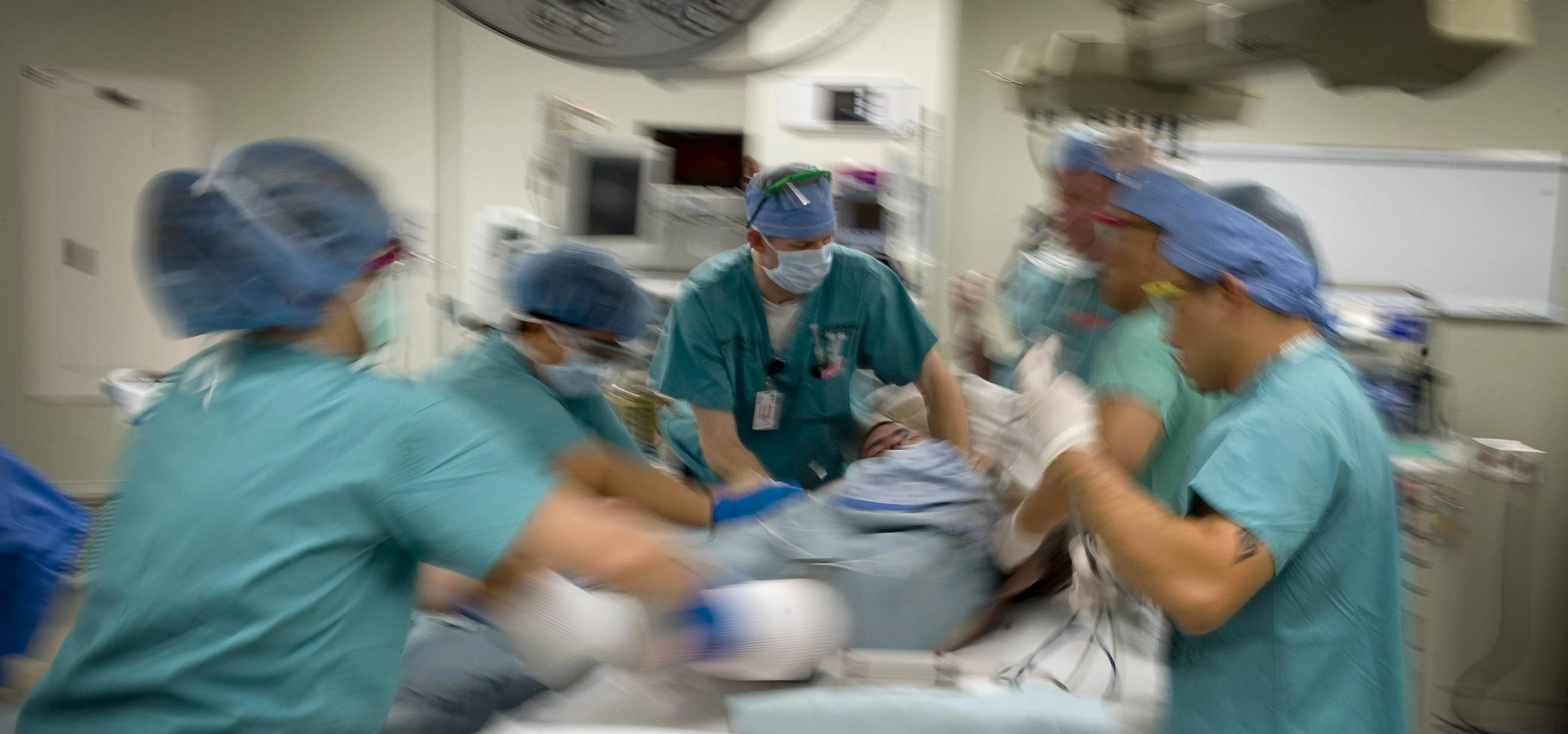
Partner Article
New e-nose sniffs out rare lung disease
An e-nose used to detect cancer has been adapted for early detection of Pulmonary Arterial Hypertension (PAH), a rare form of high blood pressure, by Université Paris-Saclay in partnership with the Technion Israel Institute of Technology.
The artificial nose can sniff out PAH on a person’s breath as the disease alters its signature.
As cases are often diagnosed late, patients suffering from PAH have just a five year life expectancy after diagnosis. It causes cells to obstruct small pulmonary arteries that pump blood from the heart to the lungs, impairing blood flow and increasing blood pressure within the lungs. Symptoms include shortness of breath, chest pain, dizziness and eventually right-sided heart failure.
But the disease can be managed with the right diagnosis. The earlier, the better.
A team at the Technion, working in nanotechnology and headed by Professor Hossam Haick, initially invented the e-nose to diagnose cancer.
Doctor Sylvia Cohen-Kaminsky from Université Paris-Saclay contacted Haick to apply his technology to PAH – which has some similar characteristics to cancer. They are setting up a device dedicated to the diagnosis of the devastating disease.
They created an international associated lab between Inserm, the Technion, and Université Paris-Sud, made and published the proof of concept of the detection of PAH using the e-nose. It’s built from gold nanoparticles coupled with chemical modules.
A large clinical trial sponsored by the public hospital system in Paris, Assistance Publique Hopitaux de Paris, and headed by Professor Marc Humbert from Université Paris-Sud, renowned expert in pulmonary hypertension, is now ongoing in PAH for validation.
“The gold standard for the diagnosis of PAH is right heart catheterism, which can make the right diagnosis, but it is invasive, risky and unsuitable for widespread screening,“ says Cohen-Kaminsky. “The e-nose is a non-invasive and safe detection method that means general screening of PAH could eventually be made available.“
This was posted in Bdaily's Members' News section by Université Paris-Saclay .








 Keeping it reel: Creating video in an authenticity era
Keeping it reel: Creating video in an authenticity era
 Budget: Creating a more vibrant market economy
Budget: Creating a more vibrant market economy
 Celebrating excellence and community support
Celebrating excellence and community support
 The value of nurturing homegrown innovation
The value of nurturing homegrown innovation
 A dynamic, fair and innovative economy
A dynamic, fair and innovative economy
 Navigating the property investment market
Navigating the property investment market
 Have stock markets peaked? Tune out the noise
Have stock markets peaked? Tune out the noise
 Will the Employment Rights Bill cost too much?
Will the Employment Rights Bill cost too much?
 A game-changing move for digital-first innovators
A game-changing move for digital-first innovators
 Confidence the missing ingredient for growth
Confidence the missing ingredient for growth
 Global event supercharges North East screen sector
Global event supercharges North East screen sector
 Is construction critical to Government growth plan?
Is construction critical to Government growth plan?